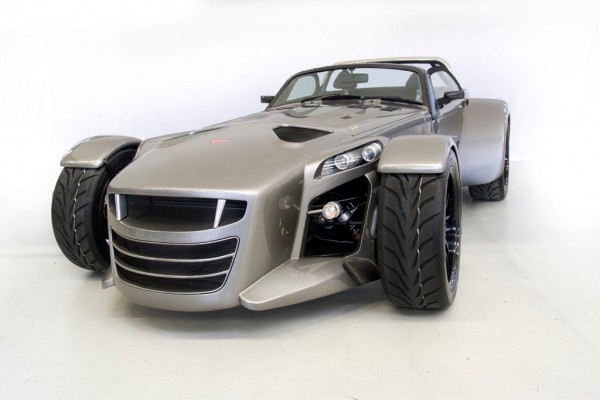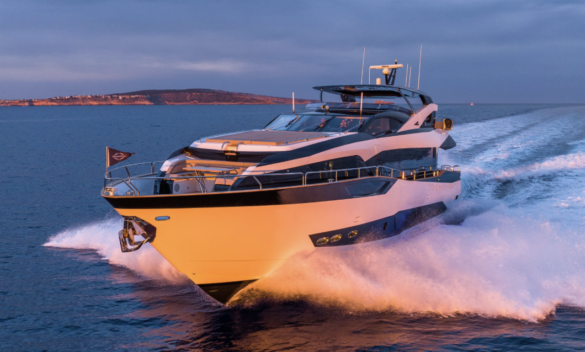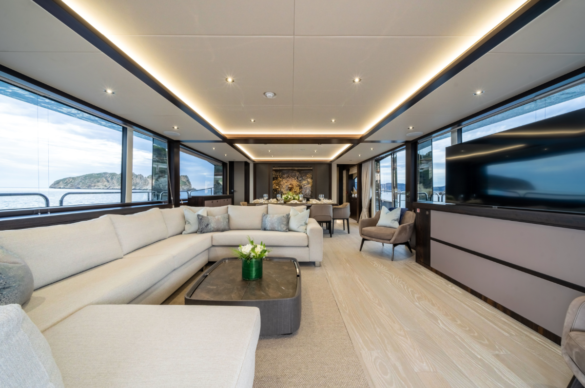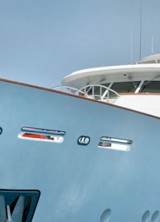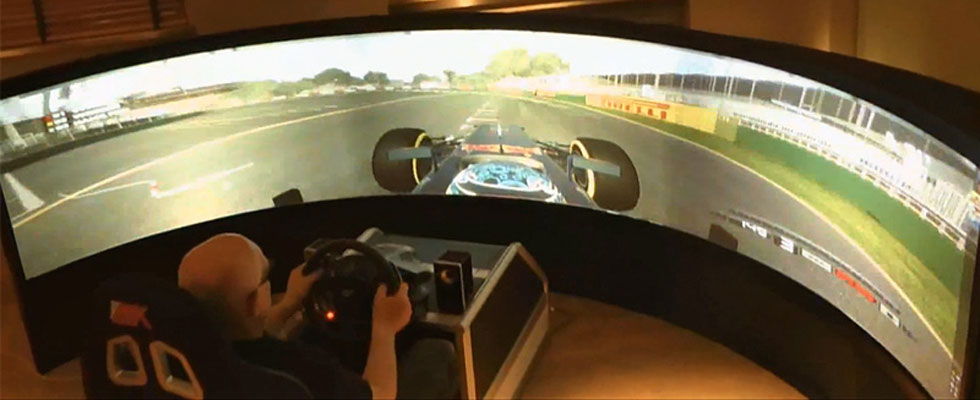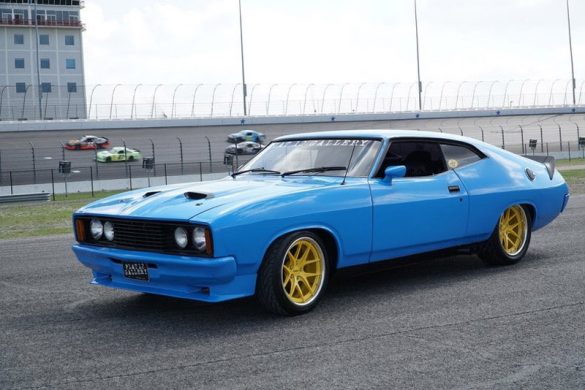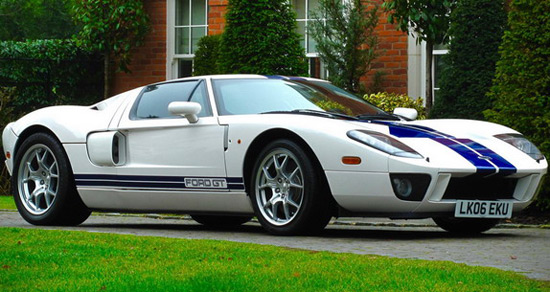After two and a half years of development and collaboration with Audi Quattro GmbH, Dutch car maker Donkervoort has finally revealed its D8 GTO production vehicle, the next generation of open sports car, which was based on the original Lotus Seven. With just 5% of borrowed parts from its preceding model, this D8 GTO features a larger body, yet a lighter one because of the extensive use of carbon fiber, and the Audi TT-engine, which has been modified to the needs of this car.
At around foot longer and 6 inch wider than its predecessor, the D8 GTO is no longer particularly tiny, but at just 1,540 pounds it’s still pretty lightweight, a weight that comes courtesy of a steel-tube frame is wrapped in carbon panels and a one-piece Lamborghini-style door that swings up.
And there’s a good reason for the car’s increased size. It’s been designed to accommodate the five-cylinder 2.5-litre turbocharged engine from the Audi TT RS. This makes it possible to provide either a standard 340hp model or an uprated 400hp model. Torque tops out at 450Nm from about 1,600rpm. To access the extra power, a switch is located in the dashboard, next to a button for the traction control, another first for the D8.
According to Donkervoort, the 2.5 TFSI has undergone a diet and lost 66 pounds over the standard Audi variant. This weight savings is obtained by redesigning several accessory parts of the motor together with the Audi technicians, says Joop Donkervoort, founder of the Dutch brand. For example, amongst others a new intake manifold was developed. Because the intake follows a more favorable route through the motor area it is not only lighter, but has a favorable effect on the achievements of the motor as well, he added.
Sadly, only 25 examples of the Donkervoort D8 GTO are scheduled to be built, and none are currently earmarked for sale in the U.S. Deliveries in Europe start next summer, with the car listing from €100,000 (around $130,000) before taxes. At the first viewing half of the specially designed GTOs were sold. The first regular versions are expected on the European roads starting in 2013.
[youtube]http://www.youtube.com/watch?v=WLZGQ4gIs5M[/youtube]

